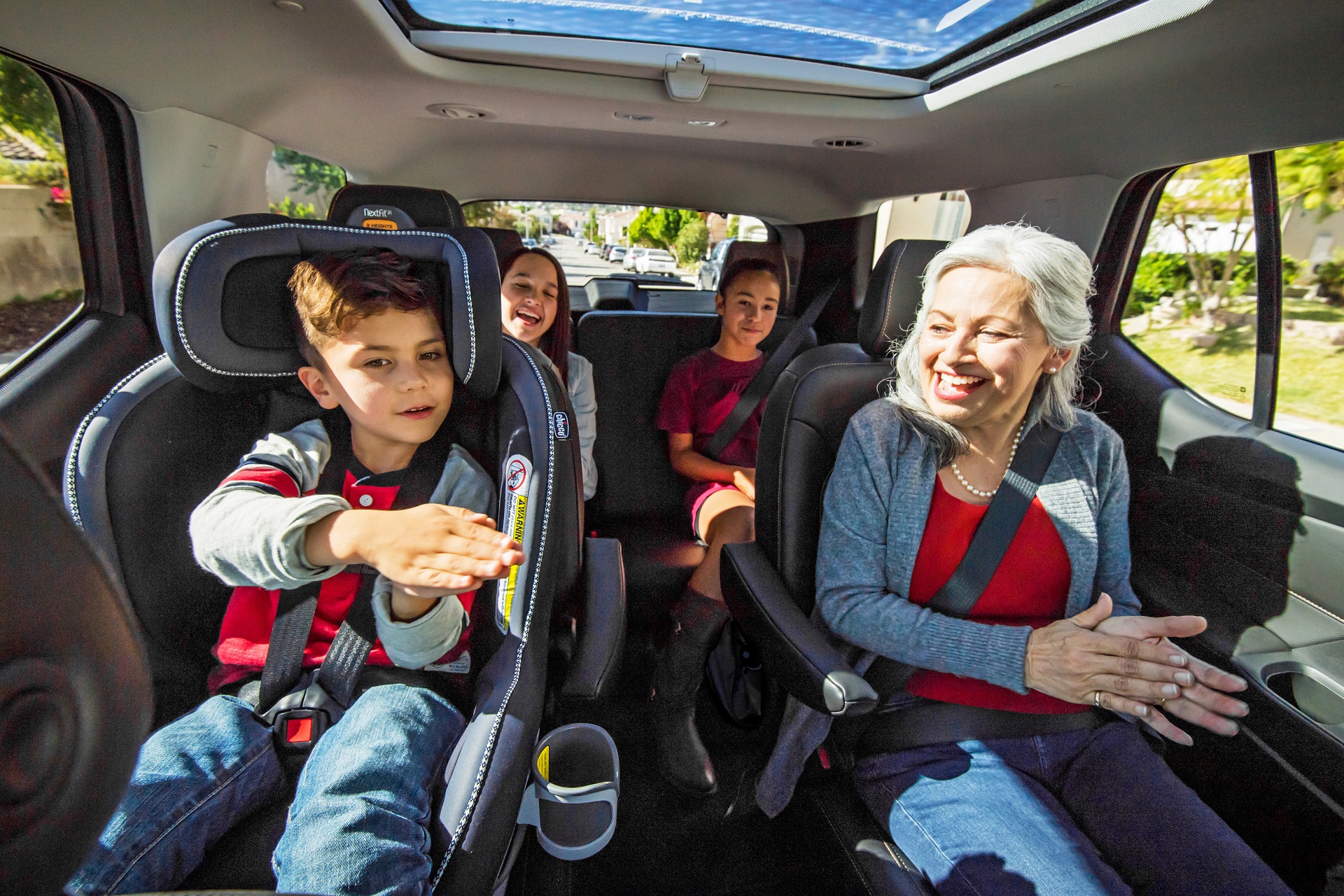

Unlike some child-safety equipment, parents don’t need to break the bank to get a quality booster seat.
Because vehicle safety belts are made with adults in mind, the job of a booster is to make safety belts fit a child.
Designed for children who’ve outgrown harness-equipped restraints, safety experts recommend that kids ride in boosters until a vehicle safety belt fits correctly by itself. That means some kids should be riding with the help of a booster until age 12 or so.
From the ages of 4 to 8, children are 45 percent less likely to sustain injuries in crashes if they are in boosters than if they are using safety belts alone, according to the Insurance Institute for Highway Safety, which on Tuesday released ratings for boosters, based on their ability to offer good lap and shoulder belt fit.
Thirteen out of 16 new booster seats garnered the group’s “best bet” rating, which means they offer good safety belt fits for typical 4-to-8 year-olds in nearly any car, minivan or SUV. The new ratings bring to 118 the total number of boosters on the market with the designation.
“You don’t have to spend a lot of money to get a quality booster seat. Unlike more complicated harness-equipped restraints, a booster is a simple device that doesn’t require any special features to do its job,” said IIHS Senior Research Engineer Jessica Jermakian. “Boosters need to elevate the child and guide the lap belt so that it lies flat on the upper thighs and not up against the tummy and position the shoulder belt so that it fits snugly across the middle of the shoulder.”
Three of the newly rated boosters were classified as “check fit,” meaning they could work for some kids in some vehicles. Only one current seat, the Safety 1st Summit 65, is “not recommended,” meaning it does not provide good belt fit and should be avoided, said the IIHS. Four others that also had the rating were discontinued this year.
When IIHS began its booster rating program in 2008, only a quarter of the seats earned the top ranking.
New booster models for 2017:
Best Bet: These boosters provide good belt fit for typical 4 to 8 year-olds in almost any car, minivan or SUV.
- Chicco GoFit (backless)
- Cosco Finale (highback)
- Cosco Finale DX (highback)
- Diono Monterey XT (backless mode)
- Diono Monterey XT (highback mode)
- Evenflo Spectrum (backless mode)
- Evenflo Spectrum (highback mode)
- Graco Wayz (backless mode)
- Graco Wayz (highback mode)
- Maxi-Cosi RodiFix (highback)
- Nuna AACE (backless mode)
- Nuna AACE (highback mode)
- Peg-Perego Viaggio Shuttle (backless)
Check Fit: These boosters have varied results depending on child size and vehicle model.
- Harmony Folding Travel Booster (highback)
- Kiddy Cruiser 3 (highback)
- Ride Safer Delighter Booster (backless)
Ensuring children are in the right car seat is critical for reducing highway deaths, which have been on the rise, said the IIHS, which noted that deaths of children ages 4 to 8—the most common ages for booster users—rose to 13.8 per million children in 2016 from 11.5 in 2012. Deaths of kids ages 9 to 12, many of whom still need boosters, rose to 12.4 per million children in 2016, compared with 9.7 in 2012.